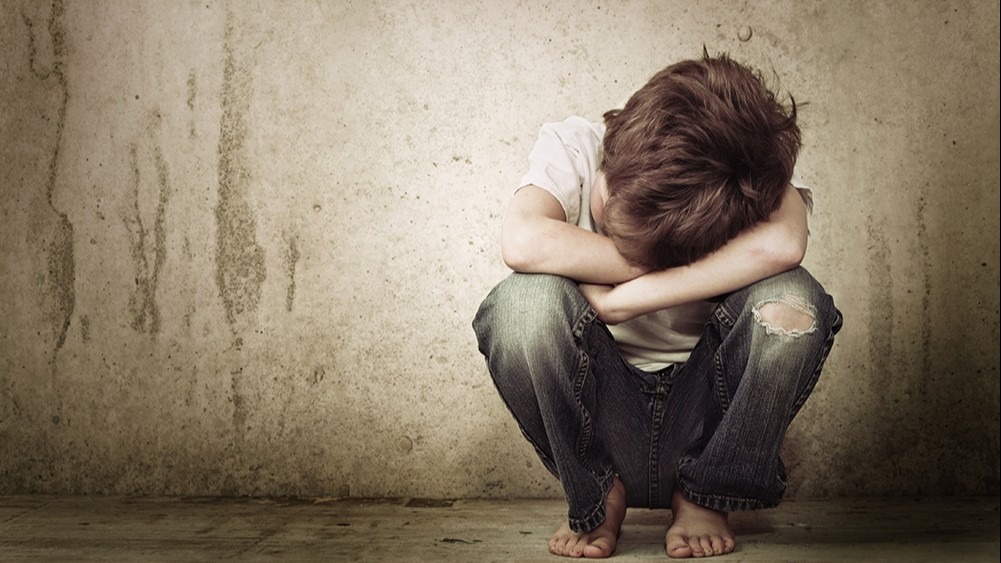Billions Spent in Mental Health Funding, Yet Outcomes are Poor and Harmful

The mental health industry watchdog Citizens Commission on Human Rights International wants federal and state governments to implement a better oversight system that is based on tangible improvements. It says despite $280 billion of federal funds being spent on mental health services in 2020, the system is in shambles. Statistically, conditions and outcomes have only worsened.
CCHR says it is consistently reported that the U.S. is experiencing a profound crisis when it comes to mental health care and those with psychiatric disorders have shorter life expectancies than the general population. However, it found studies that show people are more likely to die from psychiatric hospitalization and treatment. Spending time in a psychiatric hospital—where psychotropic drugs that are linked to suicide can be forced on individuals against their will—increases the risk of self-inflicted death by 44 times.[1]
Other statistics include:
· Children are being killed in residential psychiatric facilities, some as young as 7.
· 6.1 million American children ages 0-17 are being prescribed psychotropic drugs documented to cause suicide and violent behavior, and we see a culture of violence in schools. From 2000 to 2017, there were at least 37 active shooter incidents in schools and 15 such incidents at post-secondary institutions.[2]
· In the 2019-20 school year, 55% of public schools (or 45,600 schools) reported providing mental health assessments to evaluate students and 42% (or 35,200 schools) reported providing treatment to students for mental health disorders. 62% provided treatment both at school and outside.
· When schools refer students to outside “treatment,” over 96% of psychiatric hospitals, and general hospitals with a separate psychiatric unit administer psychotropic drugs. In 2020, in mental health facilities providing treatment, 38.3% treated those ages 5 or younger, 56.9% children ages 6-12 and 64.9% adolescents ages 13-17.
· Today, children are subjected to psychiatric-style “restraints” in schools—pinned to the ground or bound by mechanical devices such as straps or handcuffs. Federal data reports restraints and seclusions happen 2,300 times per school day, on average, across the nation to upward of 102,000 students each academic year. Some are preschoolers as young as 3 and 4 years old.[3]
CCHR says taxpayers and consumers should be faring better than this given the expenditures on mental health. Although accounting for approximately 20% of the population, patients with “behavioral health” conditions account for 48% of Medicaid spending. It is estimated that almost a third of low-income Medicaid beneficiaries have been labeled with “depression,” representing twice the rate of the nation.[4]
CCHR says this can put patients and students at greater risk of being prescribed psychotropic drugs. Antipsychotics remain one of the most costly drug classes for Medicaid programs.[5] From 1991 to 2018, total prescriptions of atypical antidepressants rose by 3,001%. Total Medicaid spending on them increased from $64.5 million to $755 million in 2018 or by1,070%.[6]
Leading international psychopharmacologist Prof. David Healy says: “So if ever more money is going into children’s mental health, why are things not getting better. It’s because the money is going into screening programs to pick up children who may be off-color….” With the use of antidepressants on some of these children, he said, “the rate of suicidal events in children goes up.” Further, “antidepressants now appear to be the most commonly used drugs by teenage girls after oral contraceptives,” and “many of these teenagers will be on drugs for life because of this.”[7]
CCHR is especially concerned about school mental health programs. For example, "Social emotional learning" (SEL) program permeates public education and is taught in pre-K and K-12 curricula. It is supposed to cultivate in children the attitudes, feelings, and behaviors but one Oklahoma State Senator calls it an effort to “psychologically manipulate children and surveil Oklahoma families under the guise of addressing trauma.”[8]
While such programs are aimed at “character building,” CCHR says it is not evident in reported statistics. According to the National Center for Education Statistics, there were 1,193 fatal injuries in elementary and secondary schools between the 1992-93 school year and the 2017-18 school year. During the 2019-20 school year, there wer
Post Your Ad Here
Comments